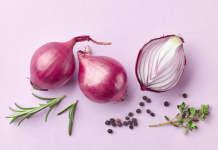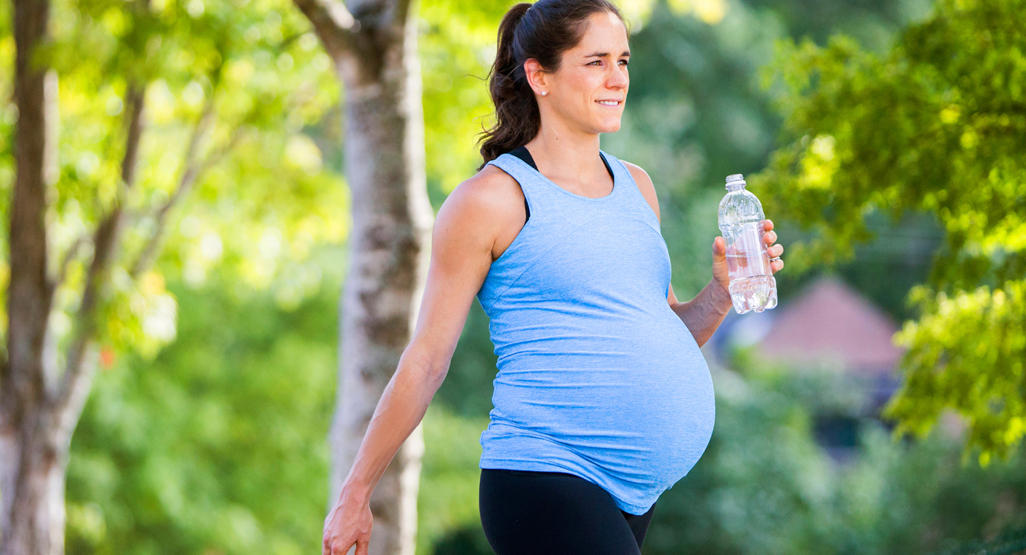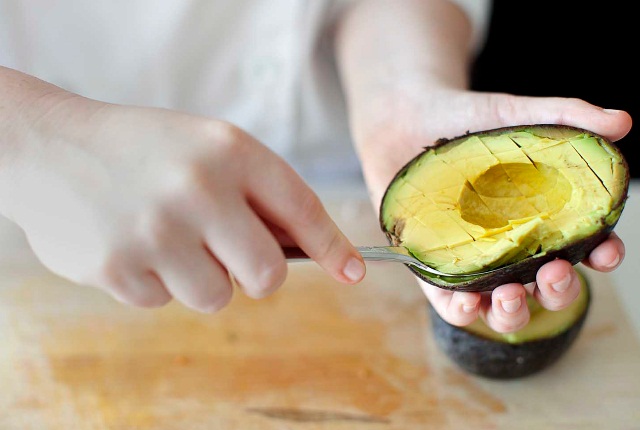Pregnancy brings about a lot of changes in the mother’s skin. One of the most common pregnancy specific skin conditions is Pruritic Urticarial Papules and Plaques of Pregnancy or PUPPP.
What is PUPPS Rash?
PUPPS Rash is a hive like rash that affects some women in their third trimester of pregnancy. Its most annoying aspect is, perhaps, the itch which worsens at night.
PUPPS rash starts as a tiny, itchy red bumps in the stretch marks. With time, it gets bigger forming a large red patch. Starting at the abdomen, it spreads down to the legs, feet, arms and chest until most of the body is covered in itchy, eczema like rash.
The feature that distinguishes PUPP from other dermal inflammations is that it commonly surrounds the navel but never affects it.
OTHER NAMES:
PUPP is known across the world by many names. Medically, these names have been recognized-
- Polymorphic eruptions of pregnancy (PEP)
- Late onset prurigo of pregnancy
- Toxic erythema of pregnancy
- Toxemic rash of pregnancy
INCIDENCE:
PUPPS Rash is a common skin dermatoses limited to pregnancy. It occurs in 1 in 200 pregnancies. 70% of PUPPP sufferers deliver boys.
RISK FACTORS Associated with PUPPS Rash:
- 1st pregnancy (primi gravida)
- 3rd trimester
- Multiple pregnancy (twins, triplets etc.)
- Familial incidence especially from paternal side.
- High blood pressure
- Rapid weight gain in pregnancy
- Higher levels of HCG
- Pregnant with a boy
Causes, Symptoms and Treatment for PUPPS Rash
CAUSES:
Exact cause of PUPPP is not known. However, scientists have found some evidence to link PUPPP to these causes:
- Toxic overload: Liver is the main detoxifying organ of the body. It cleanses the body. During pregnancy, the toxic products increase because the fetal waste is also mixed in the mother’s blood and eliminated through her body. This causes overloading of liver which in turn reduces detoxification. These increased toxins in the body cause an allergic reaction which is precipitated as itchy rashes.
- Abdominal stretching: The growth of fetus and increase in size of abdomen causes the stretching of skin. This happens more intensely in the first pregnancy or multiple pregnancies. Stretching of skin at a fast rate causes skin inflammation which lead to formation of these rashes. Almost 3% of mothers with twin pregnancies and 14% with triplets develop PUPPP.
- Role of fetal cells: Sometimes some fetal cells cross the placenta and enter the maternal circulation. These fetal cells are considered foreign elements by the mother’s immune system which develops antibodies against them. These antibodies produce an immune response which is responsible for multiple rashes.
SYMPTOMS:
- Itchy red bumps that start at the abdomen
- Often appear first within the stretch marks
- Later form red, eczema like patches
- Severe itching that worsens at night
- In severe stages, rashes are usually surrounded by blisters.
- Do not involve face or navel.
PROGNOSIS:
- PUPPP has no long term adverse effect on the baby or the mother.
- The rashes disappear towards the end of pregnancy or within a week of delivery. Rarely, it may persist for 4-6 weeks after delivery.
- It leaves no residual post inflammatory scarring or pigment changes
- It does not recur in subsequent pregnancies except for multiple pregnancies.
- In case of recurrence, it is milder than the previous first episode.
- A normal delivery is possible and caesarean section is not recommended.
- Monitoring the pregnancy by obstetricians and dermatologists is necessary.
- Women with PUPPP may breastfeed as it does not affect the breasts or the milk.
- No cutaneous rashes are present on the baby at birth.
DIAGNOSIS:
- PUPPP can be diagnosed just by examining the skin.
- To rule out other infections like fungal infections and scabies, a few simple tests are performed.
- CBC (complete blood count)
- Liver Function Test
- Serum cortisol
- Serum HCG.
- A skin biopsy may be done to confirm the diagnosis.
- It is essential to visit a doctor if you get rashes because certain other dangerous diseases like pustular psoriasis, pemphigoid gestationis and cholestatsis of pregnancy have a similar presentation and should be ruled out.
PREVENTION:
Prevention of PUPPP can be done by some natural methods like:
- Collagen and gelatin supplements: Collagen is found in the inner layer of skin and helps in keeping skin firm and youthful. It also protects the skin against the effects of toxins. Certain food products which are rich in collagen can help protect against PUPPP
- Leafy green vegetables such as kale, broccoli, beans, lettuce etc.
- Citrus fruits like lemon, orange, grapefruit.
- Eggs
- Berries
- Tomatoes and avocados
- Cleanse: A cleanse can help remove the extra toxins from the body and improve the liver function. Dandelion tea or green tea taken empty stomach early in the morning for a few weeks can help to detoxify the body.
- Some herbs like Astragalus and Ashwagandha are said to prevent PUPPP by immune system modulation. It is always a good idea to check with your doctor before using herbs.
- Body butter can be used on stretch marks and stretching skin to keep it hydrated and preventing irritation and inflammation of the skin.
RELIEF AND TREATMENT:
Since this is a self-limiting disease with no long term adverse effects, symptomatic treatment is the best approach. The most problematic and annoying symptom is the constant itching that accompanies the rashes. Relief from itch can be obtained by:
- Wearing light cotton clothes.
- A cold shower or an ice pack applied to the rashes can work wonders.
- Pine tar soap or body wash provides a lingering relief from itch.
- Itch relieving baths such as an oatmeal bath can be helpful.
- Baking soda added to water can be applied locally for quick relief.
- Aloe Vera gels can be used after baths.
- Calamine lotion has proved helpful in relieving the symptoms of the disease.
Apart from natural methods, the doctor may prescribe certain drugs for the treatment of PUPPP:
- For mild cases: Topical moisturizers or emollient ointments (for local application) and antihistaminic drugs like cetirizine for itch.
- For aggressive cases: Class 1 or 2 corticosteroid creams and ointments.
- Oral low dose of steroids maybe given for very severe cases. However, since they are harmful to the baby, they should be avoided.
Drugs must always be taken under guidance of a doctor. Self-medication should never be done as it may harm both the mother and the baby.
- Vegetable juices and dandelion root tea are some non-drug supplements of the treatment.
Pruritic urticarial and papules and plaques of pregnancy is not a dangerous disease and has no lasting effects. It is nothing to worry about. It is best to be informed and prepared regarding it.
Stay informed, stay healthy!!
Hope this article was of help for all our parents!! Please share your comments/queries/tips with us and help us create a world full of Happy and Healthy Babies!!













